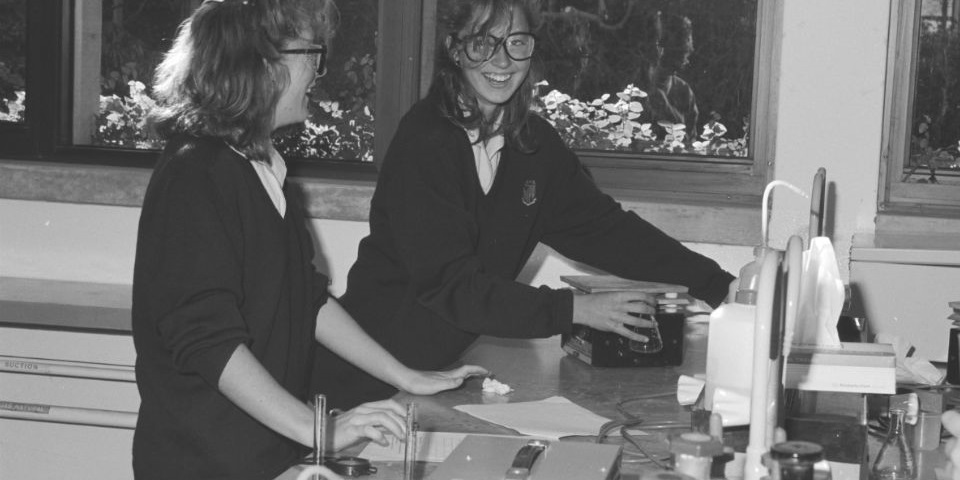Return to Our Story page
News
SAGE gender equity and supporting women in STEMM

Perhaps one of the most steadfast and long-standing commitments that Murdoch University has made since its foundation is to the values of gender equity, equality and social justice.
The University has always striven to make scholarships, workplace opportunities and study areas equitable, and amplifying the importance of equity and diversity in science, technology, engineering, mathematics and medicine (STEMM) in higher education has been among the highest priorities.
In 2017, Murdoch University signed up to take part in the SAGE (Science in Australia Gender Equity) Athena SWAN (Scientific Women’s Academic Network) pilot project, driven in Australia by the Australian Academy of Science and the Australian Academy of Technology and Engineering.
A self-assessment process was undertaken after engagement with the pilot program, where a panel of academic and professional staff from diverse disciplines evaluated gender equity and diversity in STEMM.
Qualitative and quantitative data was collected and critically analysed to identify and understand any disparity, and reviewed using components from leadership and commitment to honesty and self-reflection.
Murdoch met all assessment criteria to acquire a Bronze Athena SWAN accreditation accompanied by the implementation of a four-year Action Plan, commencing in 2020, to further diversify STEMM.
In 2019, the inaugural Murdoch University Women in STEMM Research Symposium took place, showcasing the incredible work of women that has led to outstanding science.
Since its inception, the yearly symposium has featured trailblazing keynote speakers such as world-leading burns specialist Fiona Wood, as well as presentations from various STEMM researchers from across the University.
Another key date for the University is the International Day of Women and Girls in Science, an initiative by the United Nations celebrated on February 11.
One of the many powerful stories highlighted on this day was the work by Dr Grey Coupland and Dr Cindy Palermo from the Harry Butler Institute, who, through outreach programs across WA primary schools, inspire young girls with the wonders of science.
Dr Palermo facilitated an after-school science program called BrightSparx, run by the Kwinana Industry Council, and said students would begin thinking they wouldn’t go to University, but would leave inspired to study STEMM at Murdoch.
Another outreach program saw Dr Coupland show primary school students how natural vegetation in urban Australia could be restored through the Miyawaki method – a Japanese method involving specific soil preparation, community involvement and species selection.

Dr Coupland recalled the enthusiasm of two year four girls she encountered while running the program.
“The questions that popped out of the mouths of the two girls were nothing to do with their forest or the monitoring, but were about how to become a scientist, what I studied as an undergraduate, how long it had taken me and what research I had done,” Dr Coupland said.
“It was a really exciting moment for me when I thought these two girls might travel the science path, and that standing in front of them talking about what I do might help them a little way along that path.”
Professor Parisa Bahri, Pro Vice Chancellor of the College of Science, Technology, Engineering and Mathematics, is a strong advocate for women in STEMM, and was instrumental in acquiring the bronze accreditation.
Professor Bahri said it was important to acknowledge there is still a way to go in STEMM gender equity, and that a continued commitment to evaluating opportunities for equity and diversity was imperative.
“In the face of urgent global challenges such as climate change, the role of a resilient, diverse and innovative STEMM workforce takes centre stage,” Professor Bahri said.
“This is where gender diversity emerges not merely as an essential element, but as an instrumental force for innovation.
“The inclusion of women injects a diverse array of perspectives into problem-solving, infusing creativity into the process and yielding solutions that resonate universally, extending beyond specific societal groups.”
